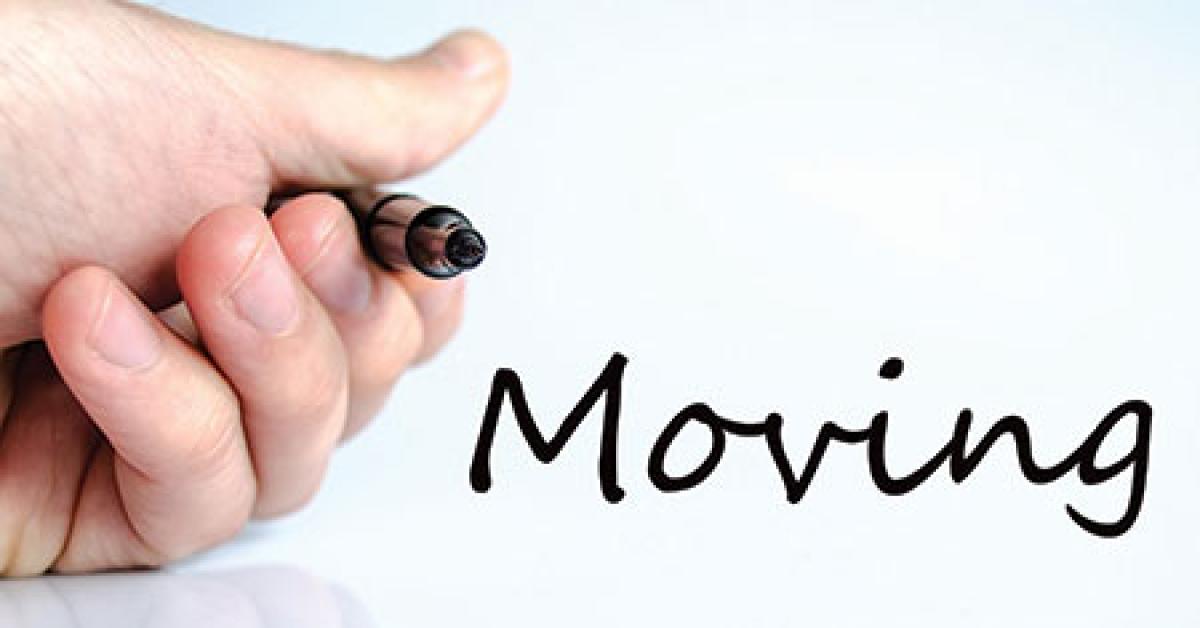PEMBROKE, Mass. — A dry cleaner recently called me, complaining of losing $17,000 worth of business in the month after he moved his plant.
Simultaneously, he had to move his drop store. I advised him that with proper promotion, business will normalize.
But perhaps that isn’t the whole story. You can’t just sit there and wait. You have to be proactive to get back to your regular business level when dealing with business interruption.
First, expect volume to drop during these scenarios: 1) you moved; 2) you have a construction project in front of the store; 3) you closed up for two weeks because of a family catastrophe. It makes sense that customers avoid you.
Some of the reasons: possibly they can’t find where you moved to and you didn’t provide enough advance notice; or they anticipated the move, and cleaned enough clothes in advance so they wouldn’t have to use you for a while.
It’s possible that because of the construction, it’s become inconvenient to park in front so the customer goes elsewhere.
Maybe the patrons are mad that you are closed, as they made a special trip to come to you during business hours.
Also, conceivably, they haven’t needed any dry cleaning.
It stands to reason that you are worried, because business isn’t what it’s supposed to be, and if this continues, there will come a point where you won’t be able to pay bills.
Panic sets in. You see collapse in plain sight.
Don’t go overboard.
The usual pattern is for business to drop considerably on the first month of change and slowly return. Four to six months later, you’re back to normal.
Of course, there are things you can do to mitigate the decline in volume.
There is a reason why they are not coming back, and you want to find it out. Of course, you want to make sure they are still customers.
Call every customer. Perhaps bring in a part-timer to work from 4 p.m. to 8 p.m. for three or four nights to make these calls.
The conversation might go something like this:
“Hello, Mrs. Sweeney. This is Mike Karl at One-Stop Cleaners. You know that we moved, right? (Wait for answer.)
“We’ll be expecting you to bring us work. We love to clean your clothes because they’re always a challenge. You’re the type of discerning customer we like, and we don’t want to lose you. Mrs. Sweeney, see you soon.”
Note several aspects of the conversation: Customer is referred to by name; caller identifies who they are right away; points out the move; presumes they’re still customers, rather than asks them if they are still customers. (Otherwise, such a question could be embarrassing.) The customer is complimented. In this case, it’s pointed out she is “discerning.”
In another situation, one might say “sharp dresser.” Yet again, “wears lovely clothes.” Or you might cite her/his customer regularity, or longevity. Surely you can come up with one compliment for the customer.
Finally, structure the conversation so that it isn’t confrontational. Be sure to choose statements that achieve a positive feeling.
It is important to speak to an individual and not just leave a message. These “action calls” after a move are important calls, for they might be the difference between retaining or losing a good customer.
These calls should be done before or after supper and be made by you. Only the boss can have such influence. Remember that this is an informative call. Be conversational.
At a later date, as time permits, your assistant can call the other “occasional” customers.
Be patient. It does take time to win back 100% of your business. Change is always discombobulating. Plus, there could be other market forces at work — a slow time of year, etc. — that keep sales down.
Most likely, it will take four months for business to normalize itself. Spending sleepless nights worrying about the decline of business is not what you want to do.
EMERGENCY PLAN
If business persists in remaining low, then perhaps your new location is less than perfect. Have an emergency plan ready, just in case.
Consider the variables. It’s possible that parking is harder, the area is less safe, there is more competition in your neighborhood, or the plant is too far off the main drag.
If that is the case, you must roll up your sleeves and create a strategy to reclaim your former level of business.
If walk-in patronage is lower, perhaps you might consider opening a drop store, possibly in the very neighborhood that you left. Or initiate a pickup-and-delivery service.
If you are in a more industrial area, where many potential commercial customers are your neighbors, go after this bulk volume.
Another option is to get into the wholesale trade, processing clothes for other dry cleaners.
Whatever you do, don’t just sit there and wait for your old customer base to return.
To read Part One, go HERE.
Have a question or comment? E-mail our editor Dave Davis at [email protected].

